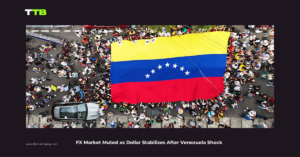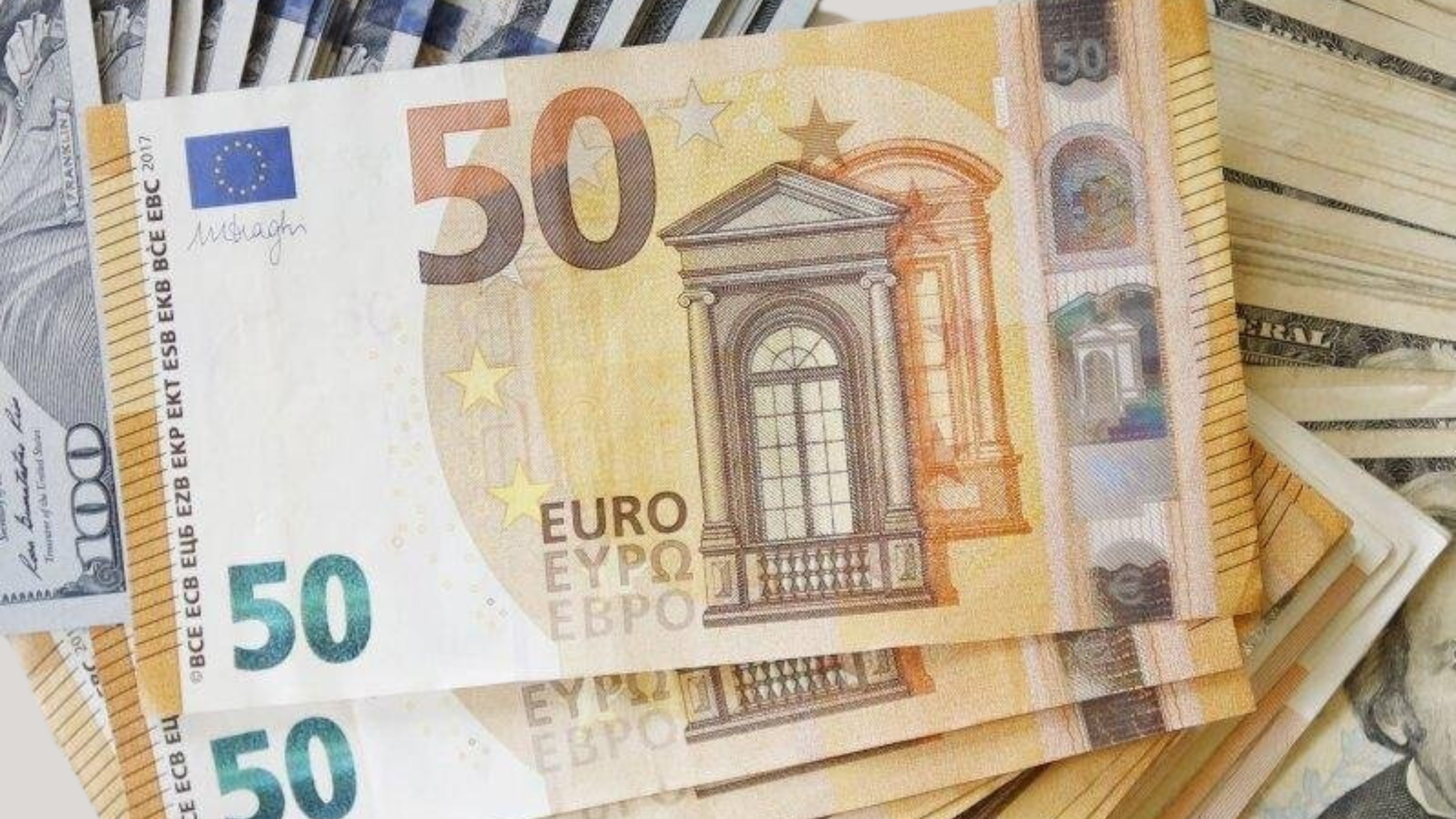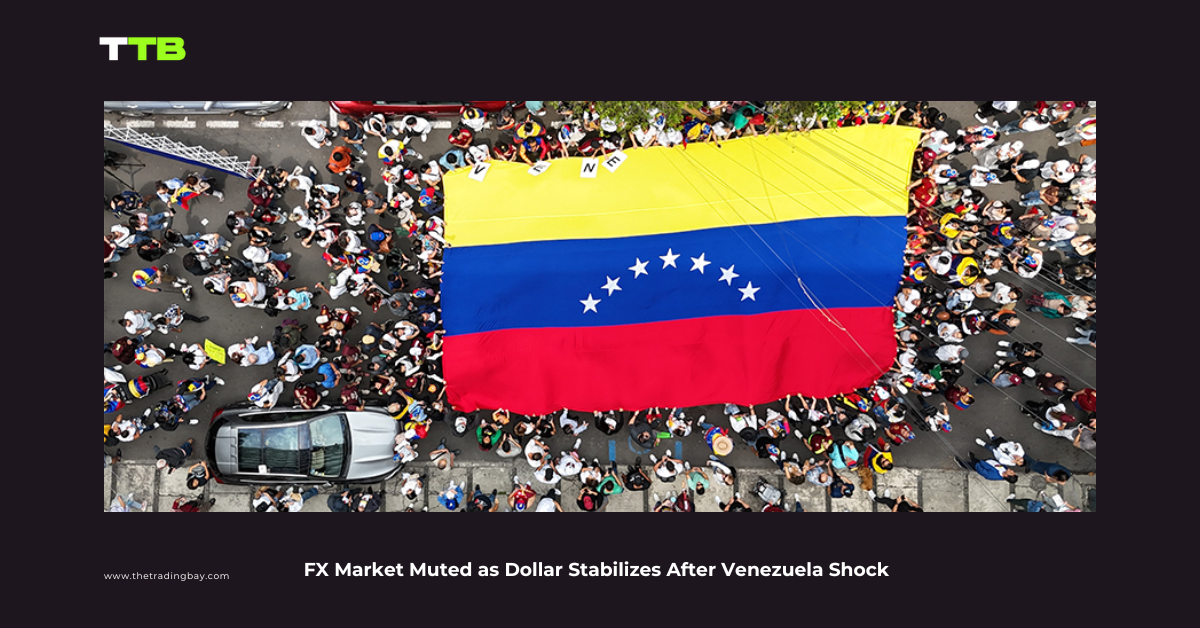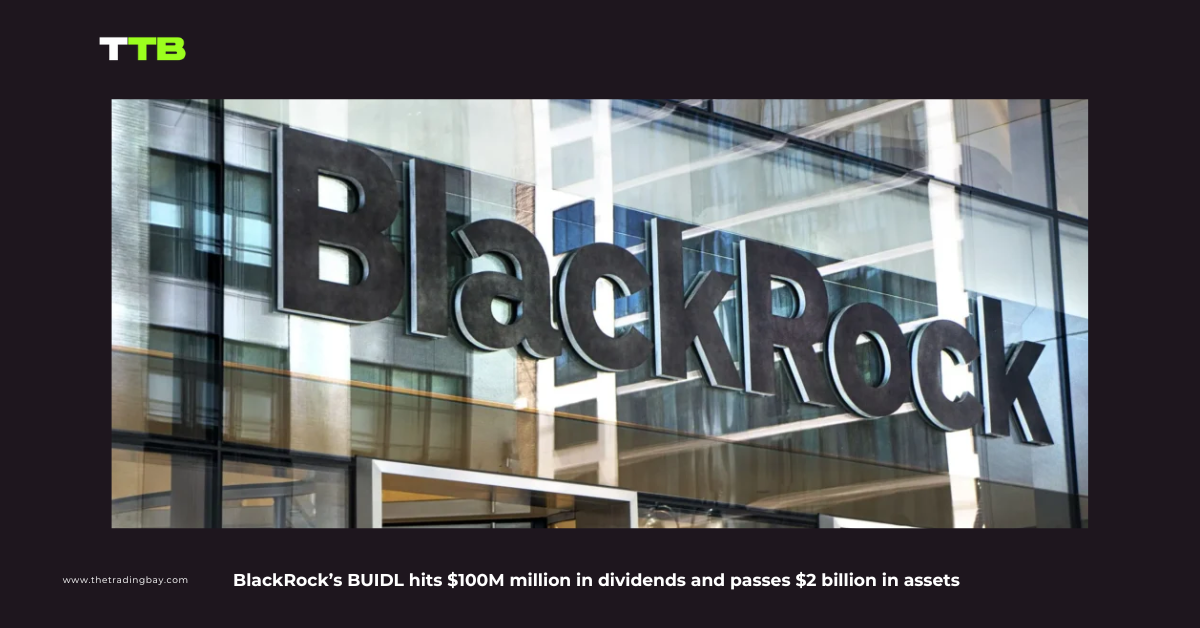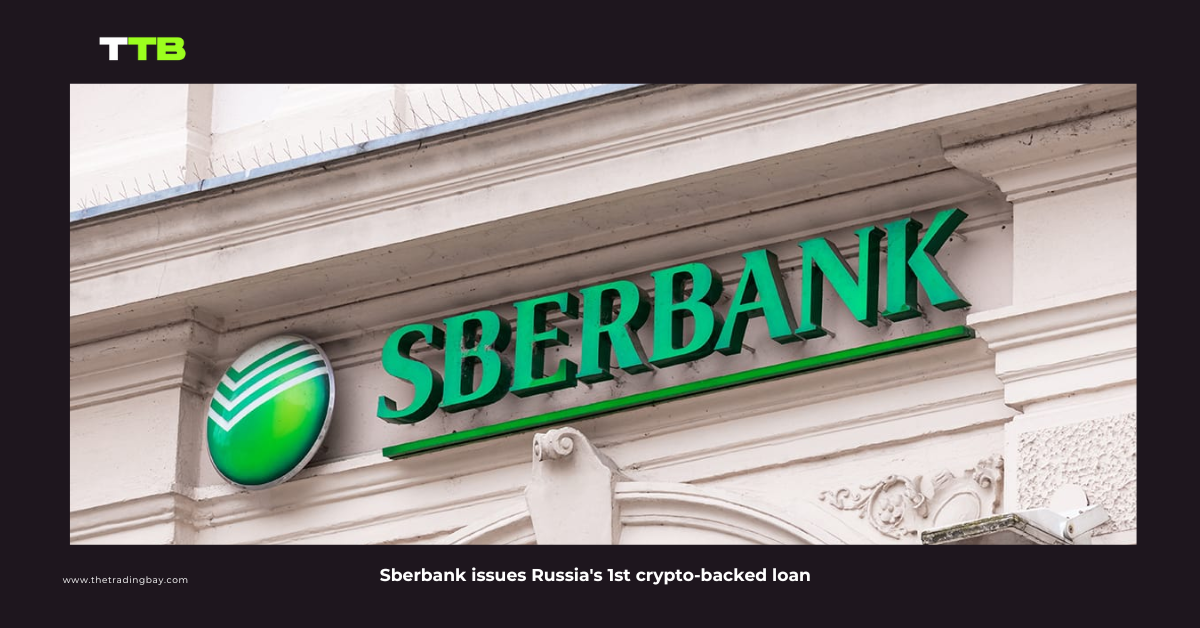As we approach the end of May, the Euro has been seen to hover around the $1.08 mark, a noticeable shift from the highs of March. This movement is largely attributed to traders’ assessments of the monetary policy outlook, which is influenced by various factors both within and outside the Eurozone.
In the United States, the Federal Open Market Committee (FOMC) has been leaning towards a hawkish stance. The minutes from their last meeting, coupled with comments from several Fed officials, suggest that interest rates will remain elevated for some time. This is primarily due to the lack of strong confidence in the progress of US disinflation. The US CPI data and core inflation numbers for April showed lower levels than the previous month, much to the Fed’s advantage.
Contrastingly, in Europe, the European Central Bank (ECB) is expected to reduce borrowing costs as early as June. ECB President Christine Lagarde recently indicated a strong likelihood of a move on June 6th, provided the data reinforces the confidence that inflation will fall to 2% in the medium term. The ECB updated its monetary policy strategy for the first time in 18 years in July 2021, announcing that it is willing to accept a transitory period of moderate inflation overshoot in its efforts to push inflation upwards after a long period of undershooting its target.
Inflation and GDP in the Euro Area
Currently, the inflation rate in the Euro Area stands at 2.4%, very close to the ECB’s target of 2%. This is a significant decrease from the 7% inflation rate observed a year earlier. The ECB’s efforts to control inflation seem to be paying off, as the inflation rate has been stable and within the target range.
Moreover, fresh GDP estimates for the Euro Area have confirmed that the economy emerged from recession in the first quarter of 2024. The GDP increased by 0.3% in both the euro area and the EU, compared with the previous quarter. New forecasts from the European Commission continue to point to a soft landing scenario.
In conclusion, the dance of the Euro with monetary policies continues to be a fascinating spectacle. The contrasting stances of the FOMC and the ECB, coupled with the evolving economic indicators, make for an interesting and dynamic economic landscape. As we move forward, these factors will continue to play a crucial role in shaping the trajectory of the Euro.

